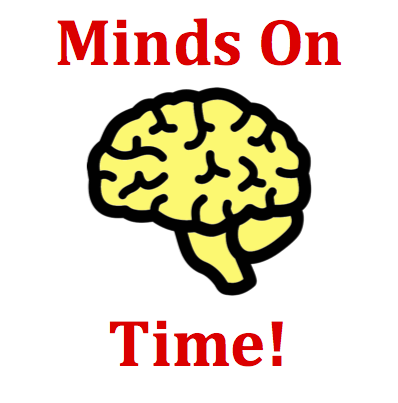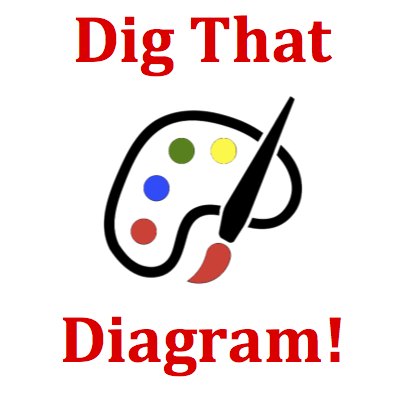Mission RM11 Real and Virtual images

In which of the following situations will a virtual image always be formed? Include all that apply.

Virtual images form when light rays from the same location on an object reflect off a mirror and diverge or spread apart. Real images form when light rays from the same location on an object reflect off a mirror and converge or come together. This question is going to test your understanding of the three types of mirrors discussed in the module - plane mirrors, concave mirrors, and convex mirrors. You have likely drawn or seen a variety of diagrams representing the behavior of reflected light for each of the three types of mirrors. Now you must ask these questions for each type of mirror: What did light do upon reflection? Did it diverge to form a virtual image? Did it converge to form a real image? Or did its behavior depend upon the location of the object - sometimes converging and other times diverging? If necessary, review your class notes, textbook, lab reports, or the online links made available in the Hot Link section.

Ray diagrams are conceptual ways of representing how and where an image is formed. This Minds On Physics module has given considerable attention to the ray diagrams for all three types of mirrors. If having difficulty with this question, you might simply construct a quick ray diagram for the mirror you are having difficulty with. Did the image form behind the mirror like they do for virtual images? Or did the image form in front of the mirror like they do for real images?
